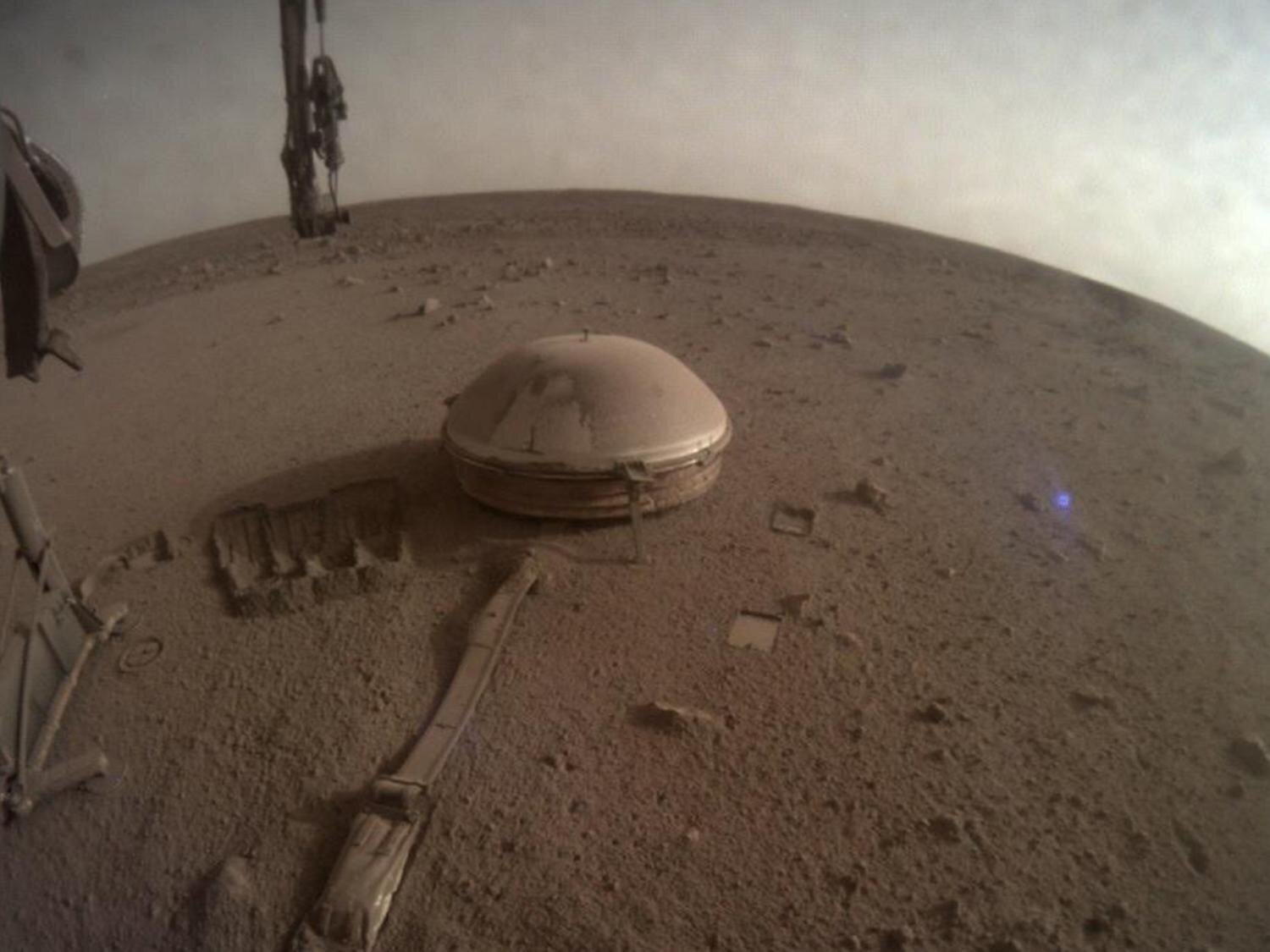Scientists continue to look for ways to detect liquid water beneath the surface of the red planet. They have recently proposed using marsquakes for this purpose. Seismic vibrations as they pass through aquifers can generate electrical signals available for analysis.

Marsquakes as an indicator of liquid water
If liquid water exists on Mars today, it may be too deep beneath the surface to be detected by traditional methods used on Earth. But the study of seismic events (Marsquakes) occurring on this planet may offer a new tool for finding it. At least that’s what a group of scientists from the University of Pennsylvania think.
When earthquakes rumble and move through aquifers deep beneath the planet’s surface, they generate electromagnetic signals. The researchers decided that if the same thing happens on Mars, it would help identify water horizons beneath the surface.
According to Nolan Roth, a doctoral student in the Department of Earth Sciences at the University of Pennsylvania and lead author of the study, this could lay the groundwork for future analysis of data from Martian missions.
“The scientific community has theories that Mars used to have oceans and that, over the course of its history, all that water went away,” says Nolan. “But there is evidence that some water is trapped somewhere in the subsurface. We just haven’t been able to find it. The idea is, if we can find these electromagnetic signals, then we find water on Mars.”
If scientists want to find water on Earth, they can use tools like GPR to map the subsurface. But this technology is not effective a few kilometers below the surface, which is where we should be looking for it on Mars.
Electromagnetic field signals
Instead, the researchers recommend using seismoelectric methods, the latest technique developed to non-invasively characterize the earth’s subsurface. When seismic waves from an earthquake travel through an aquifer underground, the difference in the way rock and water move creates electromagnetic fields.
These signals, which can be heard by sensors on the surface, can reveal information about the depth, volume, location and chemical composition of aquifers, researchers say.
On the water-rich Earth, using this method to detect active aquifers is challenging because water exists in the subsurface even outside of aquifers, creating other electrical signals as seismic waves travel through the ground. According to the scientists, this background noise needs to be separated from aquifer signals for accurate identification and characterization. On dry Mars, such separation is unnecessary.
Aquifer modeling
Unlike how seismoelectric signals often appear on Earth, the surface of Mars naturally removes noise and reveals useful data that allows us to characterize some aquifer properties.
The researchers created a model of the Martian interior and added aquifers to simulate the operation of the seismoelectric method. They found that they could successfully use it to analyze details about aquifers, including how thick or thin they are and their physical and chemical properties, such as salinity.
Future research of marsquakes
NASA’s Insight lander, launched in 2018, has delivered a seismometer to Mars that listens for marsquakes and maps underground rocks. But seismometers have a problem distinguishing water from gas or less dense rock.
However, the mission also included a magnetometer as a diagnostic tool to aid the seismometer. The combination of data from the two instruments can detect seismoelectric signals, the scientists say.
The researchers said sending a special magnetometer designed for scientific experiments on future NASA missions could potentially produce even better results.
According to phys.org


